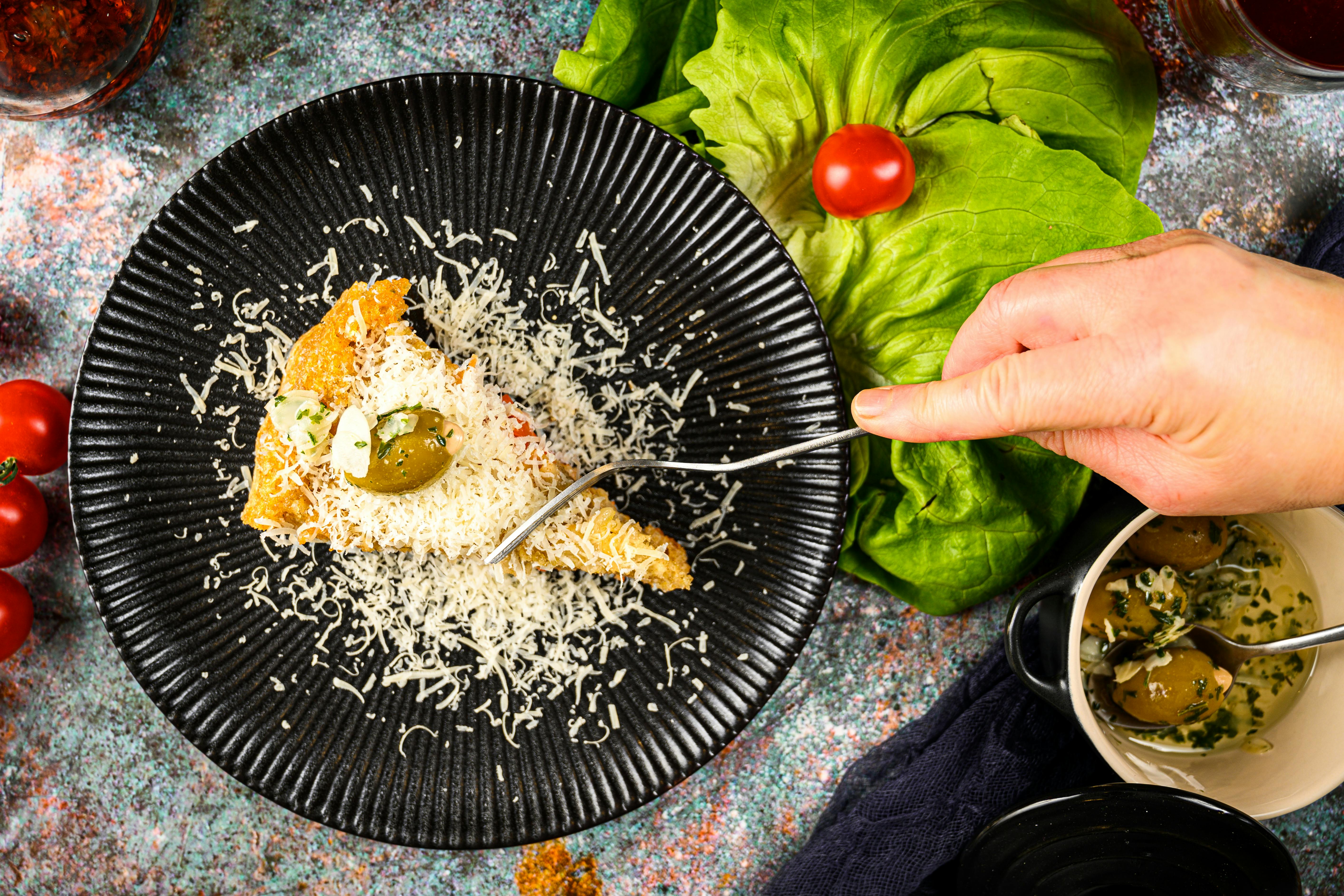Apply Now
Best 5 Ways to Optimize 28 Grams for Modern Nutrition
Understanding the Importance of 28 Grams
In the realm of nutrition, 28 grams serves as a pivotal weight measurement, especially when it comes to maintaining dietary guidelines and achieving a healthy balance. This weight, equivalent to one ounce, is fundamental for precise food portioning and cooking measurements. By utilizing a kitchen scale, you can accurately weigh your food portions, making it easier to track your nutritional intake effectively. This ensures that you adhere to calorie counting techniques while aligning with your weight management objectives.
Accurate weighing is not merely about achieving recipe adjustments; it can significantly impact your health metrics. For instance, understanding how many grams are in a pound can facilitate conversions that help you gauge appropriate serving sizes, especially in weight-based recipes. In this article, we delve into five efficient strategies to optimize 28 grams, enhancing your culinary practices while supporting your health goals.
1. Utilize a Precise Kitchen Scale
One of the most significant advancements in culinary science is the invention of the kitchen scale. A gram scale can help you achieve precise measuring, which is crucial for both baking and cooking. The accuracy of your kitchen tools directly influences your recipes. By measuring ingredients by weight instead of volume, you ensure consistent results every time.
For instance, when baking, using grams instead of cups can lead to a more accurate dough consistency. This can mean the difference between a fluffy loaf and a soggy one. To get started, invest in a high-quality scale that provides quick readings and allows for easy tare functions. This enables effortless ingredient measurement without the hassle of adjusting the weight of your containers.
Moreover, being familiar with grams to ounces conversions can prove beneficial in a domestic setting. While most of the world uses the metric system, knowing how to convert between the two can make it easier to follow diverse recipe guides.
2. Enhance Cooking Techniques with Weight Measurement
Incorporating weight-based measurements into your cooking techniques can lead to improved culinary arts. When recipes specify ingredient proportions, understanding how to convert these measurements into grams is essential. Precision measuring can elevate cooking accuracy, ensuring that flavors are balanced and cooking times align correctly.
For example, when creating sauces or marinades, using a gram scale can guarantee that every ingredient contributes optimally to the final dish. A subtle change in weight can impact the dish's overall flavor and texture. Notably, culinary measurements are the backbone of successful recipe scaling.
When meal planning, consider how portion sizes affect calorie counting. If you know the nutritional information per gram, it becomes simpler to create meals that align with your dietary choices. This practice also supports efficient food management, reducing waste in your kitchen.
3. Implement Accurate Food Tracking Methods
Food tracking is an essential component of health tracking and diet management. With the optimization of 28 grams, you can apply various food measurement tools and techniques to maintain a balanced intake. By understanding how to weigh food directly, you gain control over your food servings.
Using apps that allow you to log food intake in grams simplifies the process of tracking macronutrients, essential for maintaining a nutritional balance. Look for platforms that offer insights into your dietary measures, helping you nip back unnecessary calories and improve overall portion control.
It’s beneficial to familiarize yourself with common weight conversions, such as grams to kilograms, which can help you stay on track when measuring bulk ingredients. This can further streamline your food preparation and support cooking accuracy in everyday meals.
4. Master Recipe Adjustments Using Grams
A fundamental part of culinary practice involves recipe adjustments, particularly when scaling recipes up or down. Learning to convert recipe measurements to grams allows for more straightforward adaptations. Whether you are doubling a favorite dish or halving a serving, this method ensures precision.
In culinary settings, having a solid grasp of grams conversion can make it easier to replace or adjust ingredients while maintaining the desired flavor profile. For instance, substituting one ingredient for another based on weight guarantees that the recipe remains intact and palatable.
Successful meal planning can involve pre-measured ingredients ready for quick cooking. By setting aside 28 grams of key ingredients, you can streamline your kitchen process and enhance food intake control. This practice emphasizes practicality in food preparation, particularly for those focused on health-conscious cooking.
5. Apply Cooking Measurements to Healthy Eating Habits
Understanding various cooking measurements is vital for anyone aiming for healthier eating habits. By allocating 28 grams to various food servings, you can monitor your caloric intake effectively. This practice creates a visual and measurable way to control portions and makes it easier to understand your food environment.
Educating yourself on the benefits of accurate weighing can lead to healthier dietary choices. When you track servings meticulously, it paves the way for mindful eating. Incorporating practical cooking tools, such as measuring spoons for small weight adjustments, can also aid in portion estimation.
For serious food enthusiasts and those following strict dietary guidelines, investing in a nutritional scale can drastically improve food intake accuracy. It allows you to count calories with precision and helps avoid the pitfalls associated with estimation. Moreover, adopting these strategies promotes an overall health-centric approach to nutrition.
Conclusion
Optimizing 28 grams in modern nutrition involves understanding its significance within weight measurements, especially in cooking and dietary planning. By utilizing precision measuring tools like a kitchen scale, enhancing your cooking techniques, and applying knowledge of recipe adjustments, you lay the groundwork for a healthier lifestyle. Furthermore, implementing accurate food tracking methods and conscious portion sizes fosters better weight management.
As you adopt these strategies, you’ll find a marked improvement in your culinary creations as well as in your health metrics. Embrace the practices discussed in this article to transform your approach to nutrition and culinary arts.

